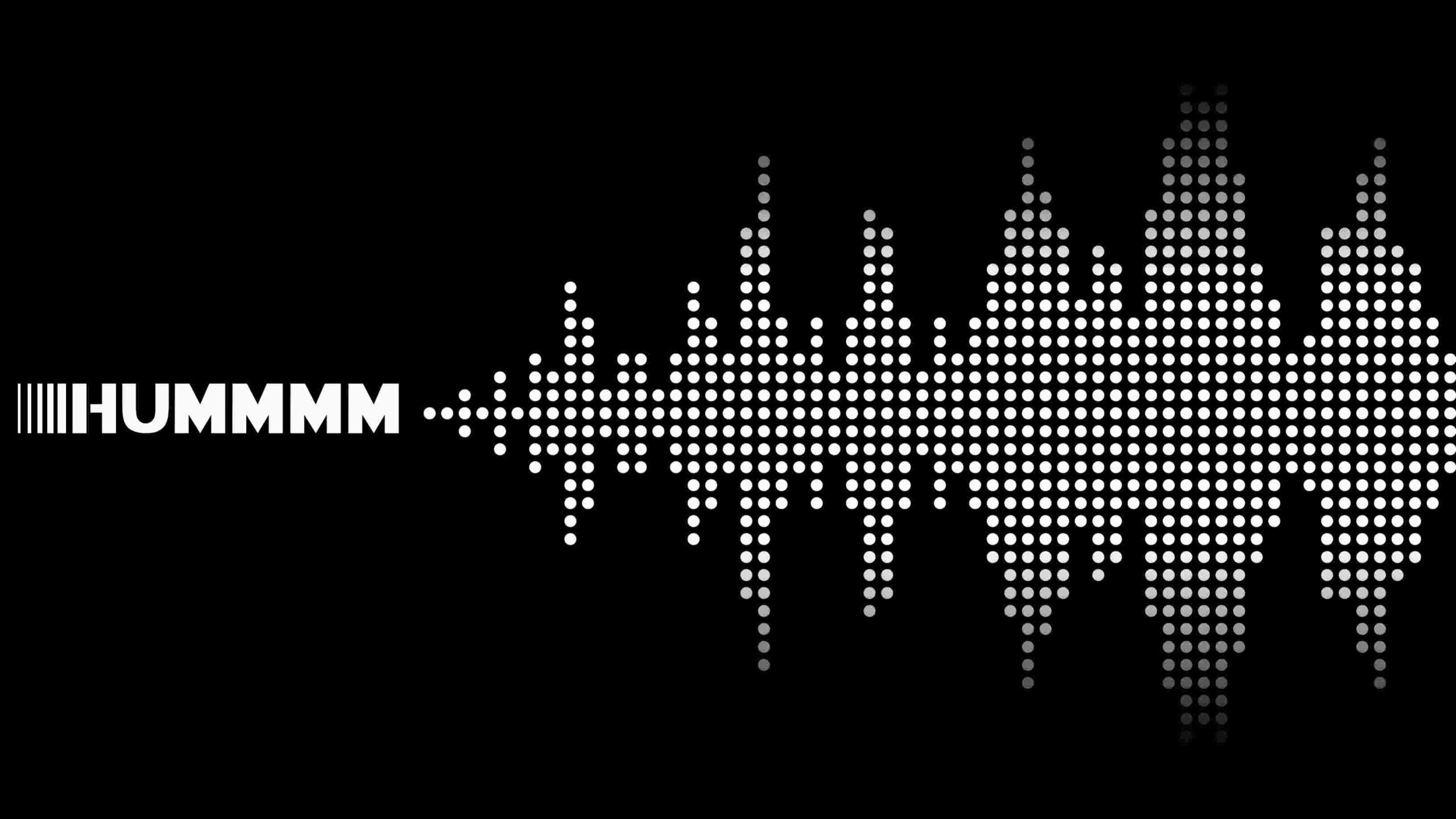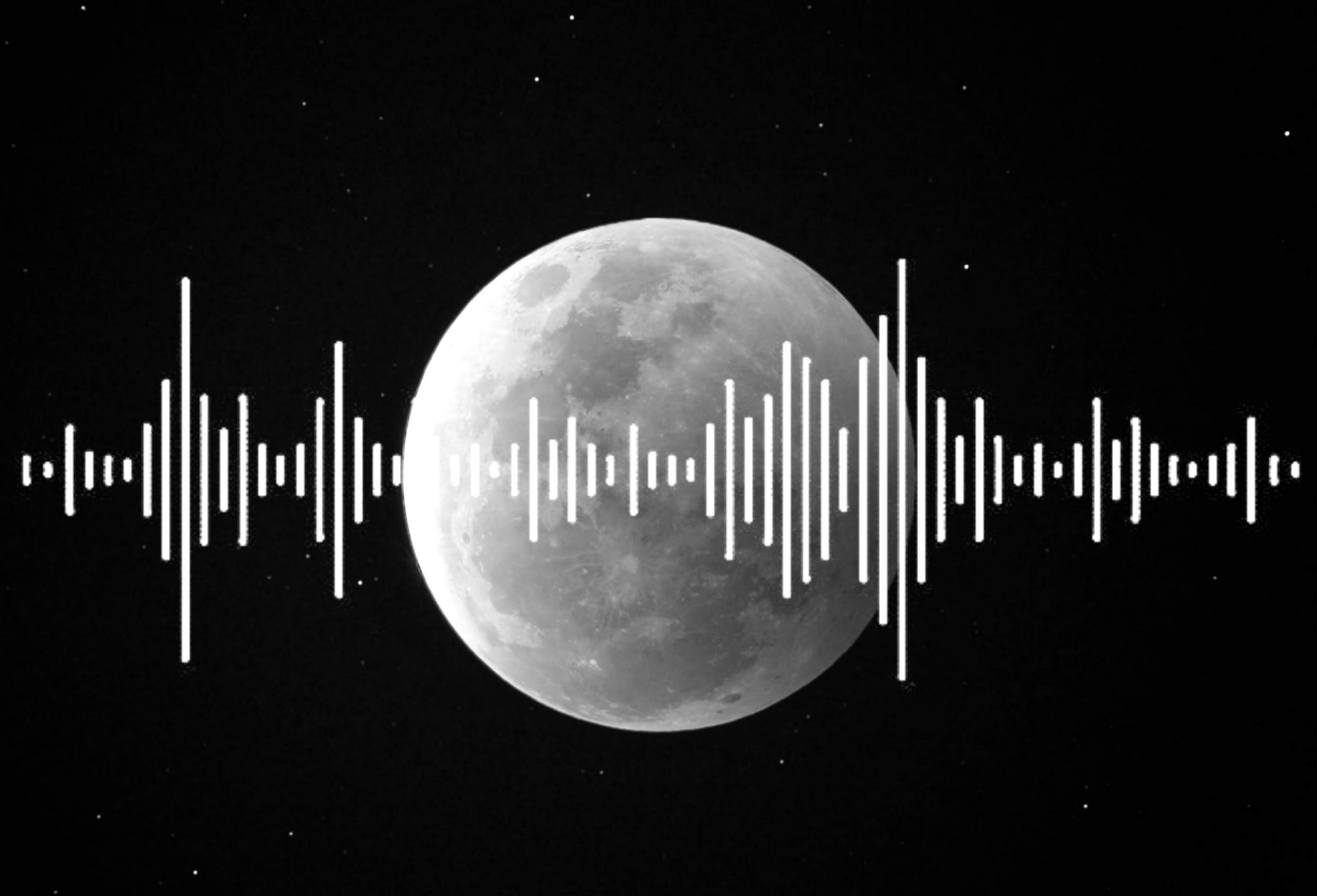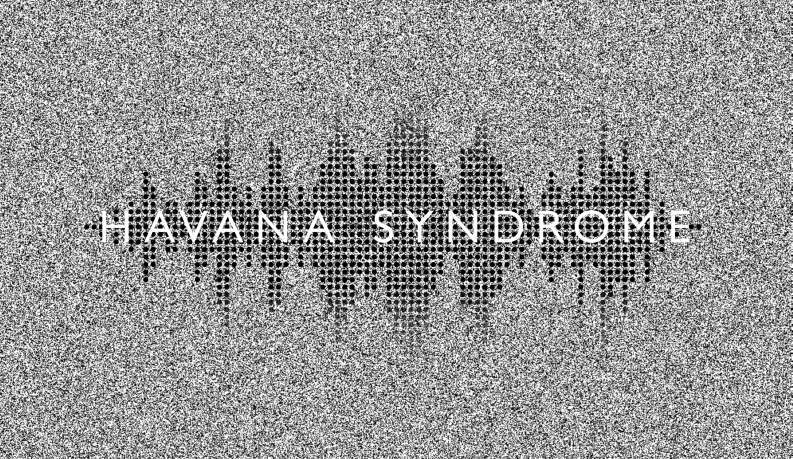Without sounds, we couldn’t afford the supremacy and carry the human legacy to where we are today. Sounds make us perfect, giving us the ability to hear, feel and enjoy everything. But this very perfect thing could be a form of real terror if we can’t find its actual origin; because ‘the existence without origin’ makes it really hard to be explained, creating fear of the unknown in our mind. Yes, they exist, and they remain unexplained to this day.

1 | The Taos Hum

For over 40 years, a small section of people (about 2%) all around the world have complained about hearing a mysterious sound which has been widely called, “The Hum”. The source of this noise remains unknown, and it’s still unexplained by science.
2 | Julia
“Julia” is a mysterious sound recorded on March 1, 1999, by the U.S. National Oceanic and Atmospheric Administration (NOAA). NOAA said the source of the sound was most likely a large Iceberg that had run aground off Antarctica. However, pictures from NASA’s Apollo 33A5 shows a large shadow swaying through the Southwest section of cape cadre at the same time of the recorded sound. Although still to be classified, the pictures apparently provide information that this unknown shadow is 2x larger than the Empire State Building.
3 | The Bloop
Over the past 70 years, the world’s oceans have emerged as a valuable global listening device, first by networks of underwater microphones scanning for enemy submarines during the Cold War, and in more recent decades, by scientists studying the oceans and the internal structure of the Earth.
One of the most famous and powerful underwater sound events, known as Bloop, was recorded by the U.S. National Oceanic and Atmospheric Administration (NOAA) in 1997. The Bloop event lasted for about 1 minute and rose in frequency from a low rumble. It was detected by underwater microphones more than 3,000 miles away and was much louder than the noises made by any known animal.
The rough location of the event that caused Bloop is in the sea near the Antarctic Circle, and NOAA now thinks that Bloop was caused by the sound of massive icebergs “calving,” or splitting, from the end of Antarctic glaciers and falling into the sea.
4 | Moon Music

Astronauts on the Apollo 10 command module heard “weird music” above the far side of the moon in 1969, according to NASA audio tapes from the mission. Transcripts of the tapes were released by NASA in 2008, showing the astronauts onboard talking about “outer space” music that can be heard inside the spacecraft. The sound stops after about an hour, and the astronauts discuss whether they should tell NASA controllers about the experience.
At the time, the astronauts were out of contact with Earth because the command module’s orbit had carried them over the far side of the moon, which permanently faces away from Earth.
In February 2016, NASA made the audio recordings public in a documentary about the Apollo 10 mission — a “dry run” for the Apollo 11 moon landings that occurred in the same year. NASA technicians and the Apollo 11 astronaut Michael Collins, who heard a similar noise on the far side of the moon, think the “music” may have been caused by radio interference between the instruments of the command module and lunar module when they were close together.
5 | Upsweep
Upsweep is an unidentified sound that’s existed at least since the Pacific Marine Environmental Laboratory began recording SOSUS — an underwater sound surveillance system with listening stations around the world — in 1991. The sound “consists of a long train of narrow-band upsweeping sounds of several seconds duration each,” the laboratory reports.
The source location is difficult to identify, but it’s in the Pacific, around the halfway point between Australia and South America. Upsweep changes with the seasons, becoming loudest in spring and autumn, though it isn’t clear why. The leading theory is that it’s related to volcanic activity.
6 | The Whistle
The Whistle was recorded on July 7, 1997, and only one hydrophone — the underwater microphones used by the National Oceanic and Atmospheric Administration (NOAA) — picked it up. The location is unknown and limited information has made it difficult to speculate on the source.
7 | Slow Down
Slow Down was first recorded on May 19, 1997, and is also credited to an iceberg running aground, though some people insist it might be a giant squid. The sound, lasting about seven minutes, gradually decreases in frequency, hence the name “slow down.” Like Upsweep, the sound has been heard periodically since it was initially detected.
8 | Skyquakes
Skyquakes, or unexplained sonic booms, have been heard around the world for the last 200 years or so, usually near bodies of water. These headscratchers have been reported on the Ganges in India, the East Coast and inland Finger Lakes of the U.S., near the North Sea, and in Australia, Japan, and Italy.
The sound ― which has been described as mimicking massive thunder or cannon fire ― has been chalked up to everything from meteors entering the atmosphere to gas escaping from vents in the Earth’s surface (or the gas exploding after being trapped underwater as a result of biological decay) to earthquakes, military aircraft, underwater caves collapsing, and even a possible byproduct of solar or Earth-based magnetic activity.
9 | UVB-76
UVB-76, also known as The Buzzer, has been showing up on shortwave radios for decades. It broadcasts at 4625 kHz and after repeated buzzing noises, a voice occasionally reads numbers and names in Russian. The source and purpose have never been determined.
10 | Colossi Of Memnon

West of the River Nile near Luxor, Egypt, two massive twin stone statues stand proudly. Called the Colossi of Memnon, they are a tribute to Pharaoh Amenhotep III. In 27 BC a large earthquake shattered part of one of the colossal statues, cracking the lower section and collapsing the top. Soon people began to notice something strange ― the statue started to ‘sing’. To Greek historian and geographer Strabo, it sounded like a blow, while Greek traveller and geographer Pausanias compared it to the string of a lyre breaking.
Scientists today speculate the sound was caused by a rise in heat and humidity in the ruins of the stone as the Sun rose. But they can’t check their theory, because although the statues are still around, the sound is not. In about 199 CE, Roman emperor Septimius Severus ordered the repair of the earthquake damage ― and the singing disappeared.
11 | The Train
The Train is the name given to a sound recorded on March 5, 1997, on the Equatorial Pacific Ocean autonomous hydrophone array. The sound rises to a quasi-steady frequency. According to the NOAA, the origin of the sound is most likely generated by a very large iceberg grounded in the Ross Sea, near Cape Adare.
12 | The Ping
The Ping, described as “acoustic anomalies” whose “sound[s] scare sea animals”. It is heard in the Fury and Hecla Strait, a narrow Arctic seawater channel located in the Qikiqtaaluk Region of Nunavut, Canada. It is being investigated by Canadian military authorities.
13 | The Forest Grove Sound
The Forest Grove Sound was an unexplained noise, described by The Oregonian as a “mechanical scream”, heard in Forest Grove, Oregon in February 2016. The Department of Forestry determined that their equipment was not the cause of the sound. The noise occurred near Gales Creek Road.
The Washington Post described the noise as sounding like a “giant flute played off pitch”, car brakes, or a steam whistle. The fire department of Forest Grove did not consider the sound to be a safety risk. And according to NW Natural, there were no problems with gas lines in Forest Grove at the time. The sound remains unexplained to this day.
14 | Havana Syndrome Noise

In between 2016 and 2017, grating noises of unknown origin were purportedly heard by the United States and Canadian embassy staff in Havana, Cuba. That’s where the term “Havana Syndrome” is derived from. Havana syndrome is a set of medical signs and symptoms experienced by the United States and Canadian embassy staff in Cuba. Beginning in August 2017, reports began surfacing that American and Canadian diplomatic personnel in Cuba had experienced unusual, unexplained health problems dating back to late 2016.
The U.S. government accused Cuba of perpetrating unspecified attacks causing these symptoms. Subsequent studies of the affected diplomats in Cuba, published in the journal JAMA in 2018, found evidence that the diplomats experienced some form of brain injury, but did not determine the cause of the injuries. Later it was suggested to be due to microwave radiation as a microwave attack against the U.S. embassy in Moscow has been historically documented.
Some researchers have posited other possible causes for the injuries, including ultrasound via intermodulation distortion caused by malfunctioning or improperly placed Cuban surveillance equipment, cricket noises, and exposure to neurotoxic pesticides.
In early 2018, accusations similar to those reported by diplomats in Cuba began to be made by U.S. diplomats in China. The first incident reported by an American diplomat in China was in April 2018 at the Consulate General of the United States, Guangzhou, the largest U.S. consulate in China. Another incident had previously been reported by a USAID employee at the U.S. Embassy in Tashkent, Uzbekistan, in September 2017; the employee’s report was discounted by the U.S. State Department.
After learning about the strange and mysterious sounds, know about 8 Mysterious Light Phenomena That Remain Unexplained.




